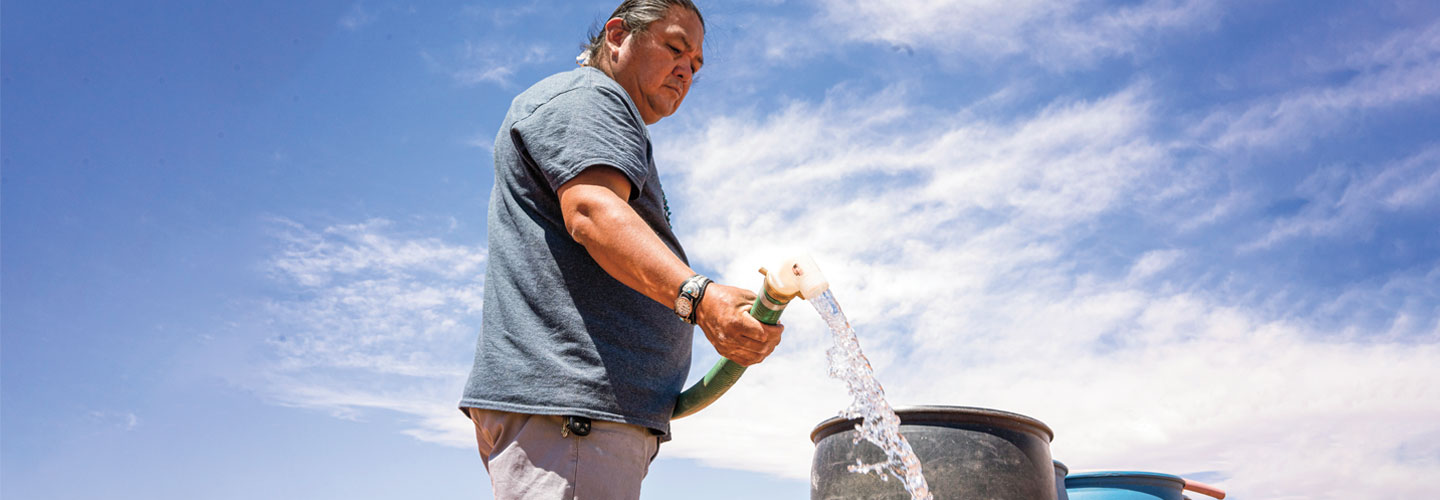Growing up, Emma Robbins spent weekends at her grandparents’ house in Cameron, Arizona. Their home, on the Navajo Nation, did not have electricity, an indoor toilet, or even a working sink.
That meant her grandparents frequently had to drive many miles to outdoor public faucets to collect water in plastic containers. They tried to make every drop last, portioning out what they needed for washing, cooking, and drinking.
Growing up, Emma Robbins spent weekends at her grandparents’ house in Cameron, Arizona. Their home was in the Navajo Nation. It did not have electricity, an indoor toilet, or a working sink.
That meant her grandparents often had to drive many miles to outdoor public faucets. There, they collected water in plastic containers. They tried to make every drop last. They portioned out what they needed for washing, cooking, and drinking.

